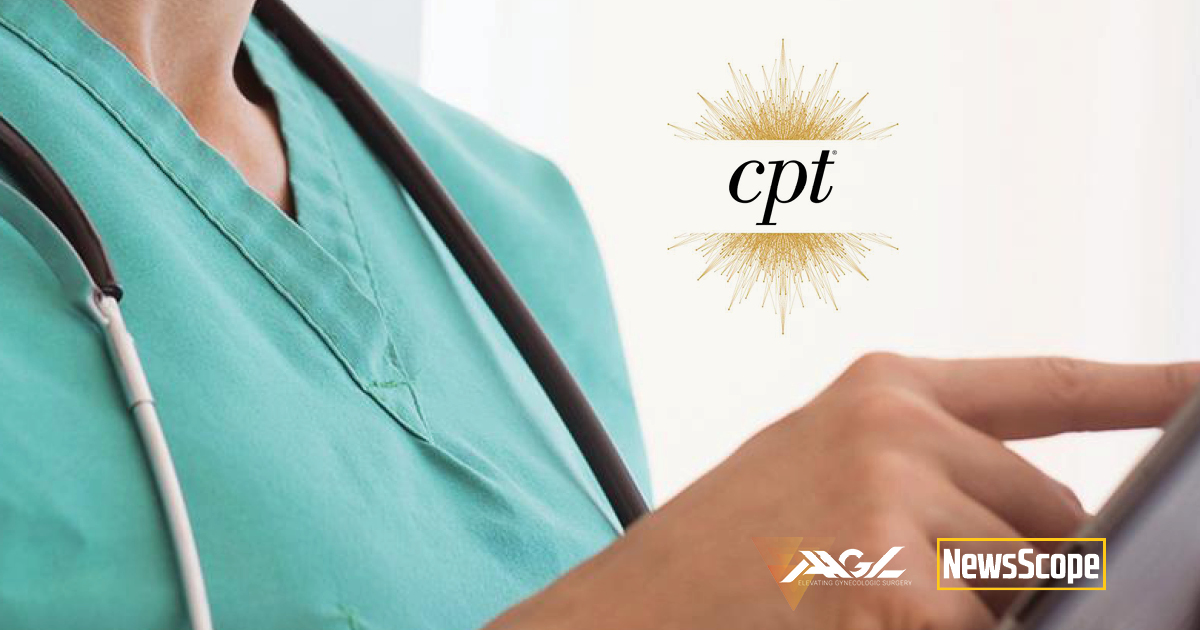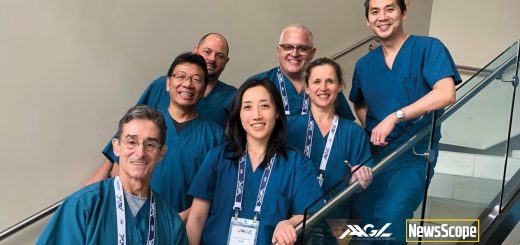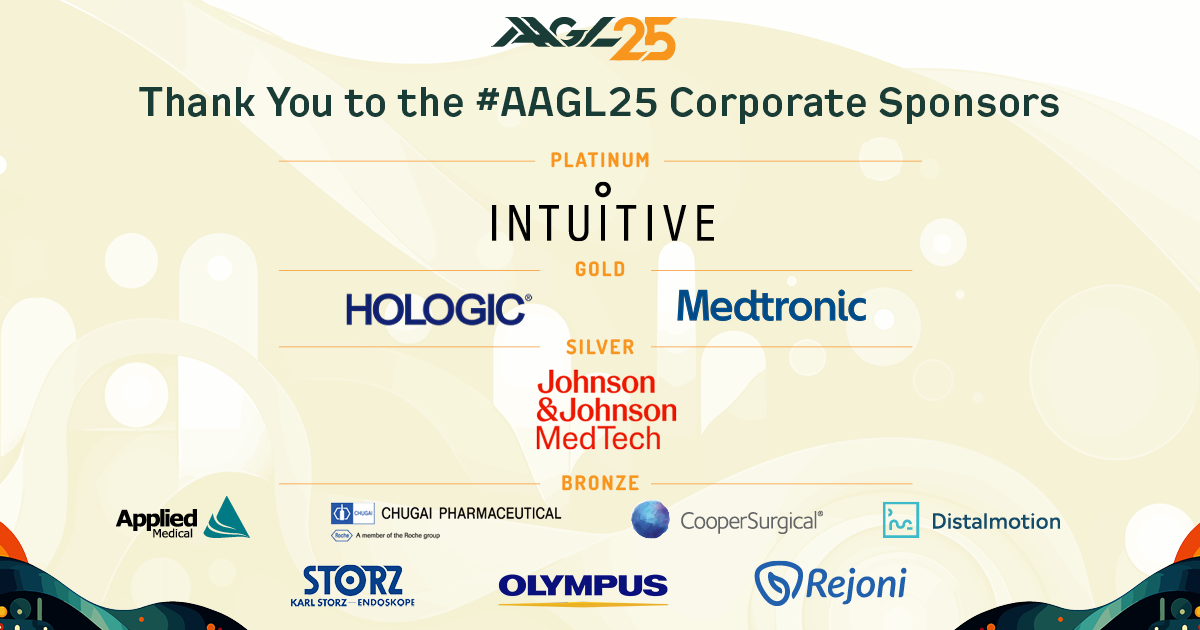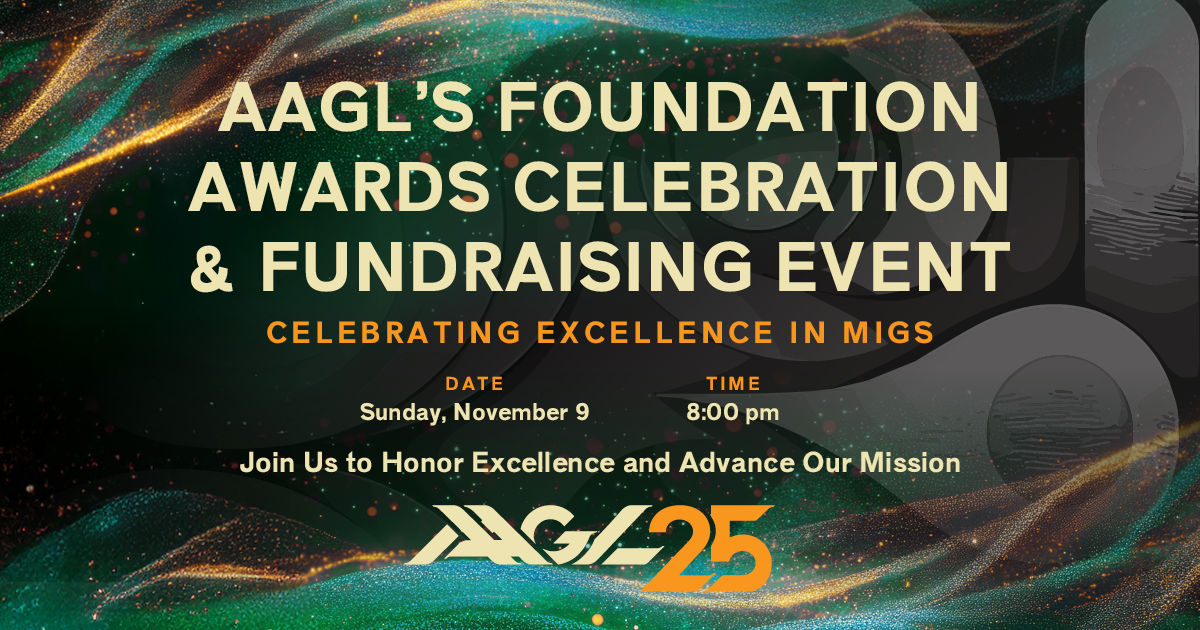Decoding Coding: How Does a Procedure Become a CPT Code and Get Assigned a Value? Your Input is a Big Part of it!

Common medical services are assigned a CPT (Current Procedural Terminology) code by the American Medical Association (AMA) CPT editorial panel. The panel consists of 17 members, 11 of which are physicians. Anyone may submit an application for a CPT code, but most are submitted by medical specialty societies. Once an application for a new code or revision of an existing code is submitted, the CPT editorial panel will evaluate the application and make a decision. There are three different CPT code types, categories I, II and III. Category I codes are well-established treatments like E&M and common procedure codes. Category II codes are tracking codes that do not affect billing or RVUs. Category III codes are for emerging technologies or techniques that do not meet the requirements for category I codes. For a code to become a category I code, it must be distinct from other CPT codes, have FDA approval for any device or drug used, be performed by many providers across the country at a frequency consistent with the prevalence of the condition, and the clinical efficacy of the procedure is documented in peer-reviewed literature. Some procedures never meet these thresholds and thus never get assigned a CPT category I code.[i]
Once a CPT is created or revised, the code is then sent to the AMA/Specialty Society RVS (Relative Value Scale) Update Committee, also known as “the RUC.” The RUC consists of 31 members, including representatives from the major specialties in the AMA House of Delegates as well as “at large” members.[ii] The RUC is advised by specialty societies and others who have a stake in the code to be valued. ACOG has a RUC member and a RUC advisor, both of whom are active AAGL members and affiliated with AAGL fellowships. In addition, the former chair of the RUC is also an AAGL member. Thus, AAGL is well-represented at the RUC.
The RUC recommends RVU values to CMS for each CPT code reviewed. CMS then has the option to accept or modify that value. In addition, sometimes existing CPT codes are sent to the RUC for re-valuation. Thus, there are many ways a CPT code can make its way to the RUC for evaluation or re-valuation. Of the codes that have been re-valued, about 10% have increased, 40% have decreased, 30% have stayed the same, and 20% have been deleted.[iii] As medical procedures change and usually become more efficient or less intense with better technology, the value they are assigned can change and typically that change is a decrease in value.
The work value of the code (work RVU or wRVU), as mandated by congress, represents the time and intensity required and is intended to be relative to all the other previously valued procedures. Other factors valued into the code are the supplies and office staff time needed (practice expense) and professional liability insurance. These are separate from the wRVU but included in the total RVU. The overall process must be budget neutral so any increase in value of one code will either directly or indirectly result in a decrease elsewhere or a decrease overall in the amount of dollars per RVU that CMS pays. Essentially, when a new code is formed, the value of the new code must come from the value of the code(s) that it will replace.
The process of valuation begins with a survey. Many of you have received these surveys. These surveys help advise the RUC and CMS on how much time is required and how intense the procedure is to perform. For example, scrubbing and positioning are less intense than operating, but each minute is important. The first step of the survey is for the provider to review the code description and the clinical vignette and determine if this is “typical.” “Typical” isn’t the most difficult or the easiest patient and there will be variations; however, does the scenario fit more than 50% of all the patients who have this procedure done? Second, the survey asks for your contact and practice information. You are also asked if you or a member of your family has a conflict of interest. If you are unsure, the survey has contact information for you. This is kept strictly confidential and the survey data is de-identified and aggregated so you cannot be identified from the dataset. Third, the survey lists other services that have already been valued and asks where this procedure fits in comparison. The procedures selected do not need to be equal in work, but they should be somewhat similar.
Fourth, the survey asks for the pre-, intra-, and post-service times for the procedure. The times should only be the provider’s time and not staff time (RN, MA, receptionists, etc.). The times should not be rounded up or down to the nearest 5 or 10 minutes, but should reflect the actual number of minutes spent. For example, 3 minutes should not be rounded up to 5 minutes but should be reported as 3 minutes. This is not your fastest time or your slowest time, but your “typical” time for each of the three components of a procedure. Pre-service work includes all the work done up to 24 hours prior to the procedure. This includes hospital admission EMR work, positioning the patient, scrubbing, dressing and waiting to start. If the decision to perform the surgery was made in the previous 24 hours, the 57 modifier is used to identify those services as different from the typical pre-service work. The intra-service work includes all “skin to skin” work. For hysteroscopy, it includes speculum in to speculum out work. Post-service work begins at the end of the intra-service work and includes placing dressings, stabilizing the patient, communicating with family and other providers, documenting the procedure, and writing orders. It also includes all post-operative visits (inpatient or outpatient) that typically occur within the global period. This does not include unrelated services (such as chemotherapy planning and infusion).
Fifth, the survey asks to compare the intensity and complexity of this procedure to the reference procedure selected earlier. There are specific questions on the mental effort, judgement, technical skill, physical skill, and psychological stress involved. Finally, you are asked to provide an estimated wRVU for the procedure. This estimate should account for all the pre-, intra-, and post-service times, as well as the complexity and intensity of the procedure. That completes the survey.
The completed surveys are then compiled and the data are presented to the RUC, usually by the specialty society advisors. The RUC presentation is a formal process and includes a presentation by the specialty society advisor and extensive deliberation by the members of the committee. Once the RUC has agreed on a recommendation, they submit that to CMS. CMS then determines the final value. The RUC recommendations are confidential and cannot be discussed until the Medicare Physician Payment Schedule Proposed Rule is published (in July each year). The RVU values go into effect January of the following year in the MPP Schedule Final Rule. A more detailed video presentation of this process has been produced by the AMA and is available publically.[iv]
This process certainly has some flaws and is continually under revision to improve the accuracy. Nonetheless, the overall format has been used to value the other codes in CPT and thus the relativity is fairly well maintained. Immediate improvements in the process can be achieved by having more providers submit surveys to get a more accurate assessment of the work. The survey data is the most important information used to value the code. While there are no current surveys on the RUC agenda, at some point, there will be and hopefully more AAGL surgeons will take the time to complete the survey so that the procedures we perform will be accurately valued.
[i] https://www.ama-assn.org/about/cpt-editorial-panel/cpt-code-process
[ii] https://www.ama-assn.org/about/rvs-update-committee-ruc/composition-rvs-update-committee-ruc
[iii] https://www.ama-assn.org/system/files/2018-12/ruc-update-booklet.pdf







